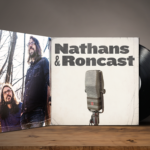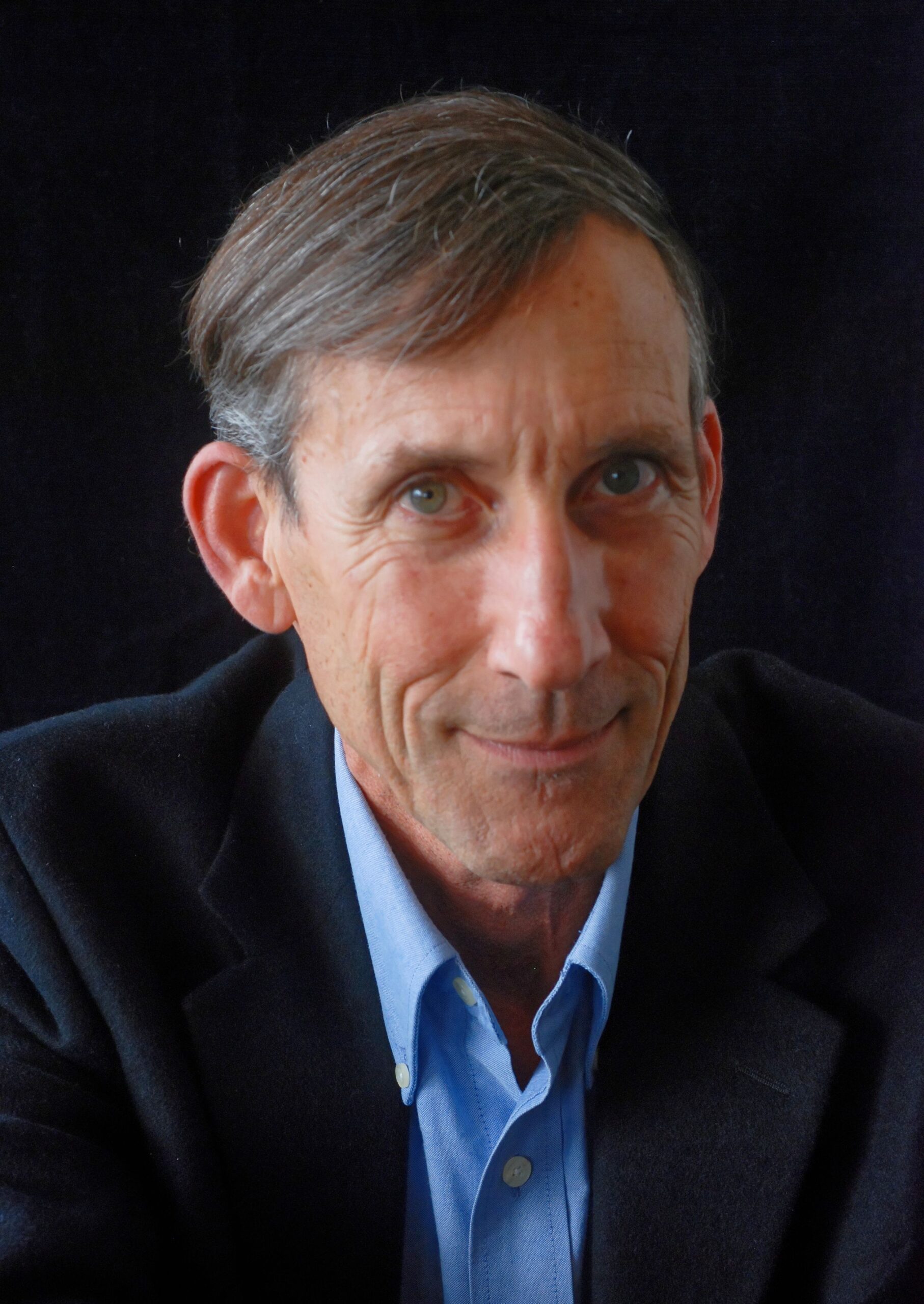

Aaron’s song “Sorry, Alan” explores the inspirational and tragic life of Alan Turing, father of computer science and World War II hero. To take a deeper look at Turing, we speak with George Dyson, author of “Turing’s Cathedral: Origins of the Digital Universe.” It’s the story of how in the 1940s and ‘50s, a small group of people gathered in Princeton, New Jersey to build one of the first computers that would realize Turing’s vision of a universal machine. It also tells the story of how the computer and hydrogen bomb were invented at around the same time.
Dyson, who left Princeton High School without graduating at age sixteen, is an independent historian and author whose subjects have also included the Aleutian kayak (“Baidarka,” 1986); a natural history of artificial intelligence (“Darwin Among the Machines,” 1997); a path not taken into space (“Project Orion,” 2002), and why analog computing is destined to regain control (“Analogia,” 2020).
Dyson wants to correct two points he made during the conversation, where he said he misspoke. First, where he discusses the ENIAC trial, he meant to say that it created 160,000 pages of evidence at the trial, not 160 million. And he makes the point that our audio conversation was made up millions and millions of bits per second (not per minute, as he said) of data. What can we say, the man is detail oriented. That’s all the more reason why we think you’ll enjoy his refreshing approach to the history of the birth of the computer as we know it.